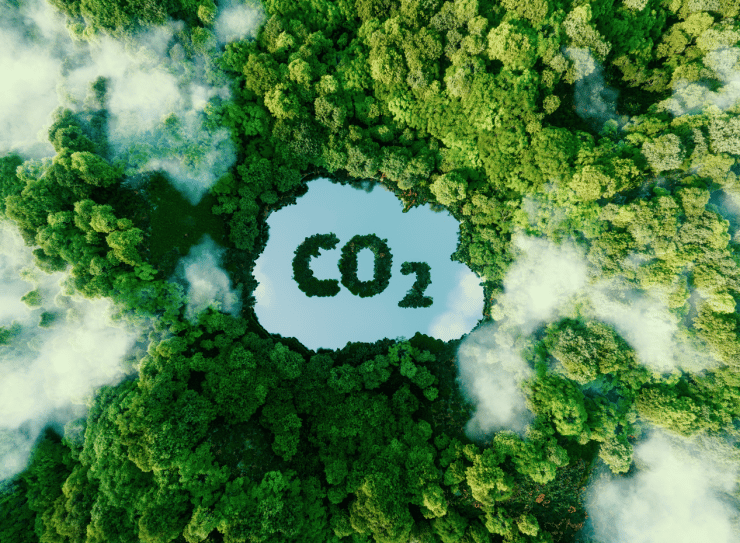It is particularly important for there to be incentives for technologies that combine negative emissions with CO2 use, such as when carbon dioxide is captured from the atmosphere to become part of cement. One way this could be done is that an operator capturing and sequestering carbon dioxide receives a per-tonne allowance that can be sold within the EU’s emissions trading system. A possible counterargument against this would be that an increased number of emission allowances may lead to increased emissions. But since each tonne of extra emissions would be counteracted by a tonne of captured carbon dioxide, such a system would not negatively affect the EU’s goal of becoming climate neutral by 2050. On the contrary, it would be desirable if both reduced emissions and carbon capture technologies were incentivised to contribute to the goal.

